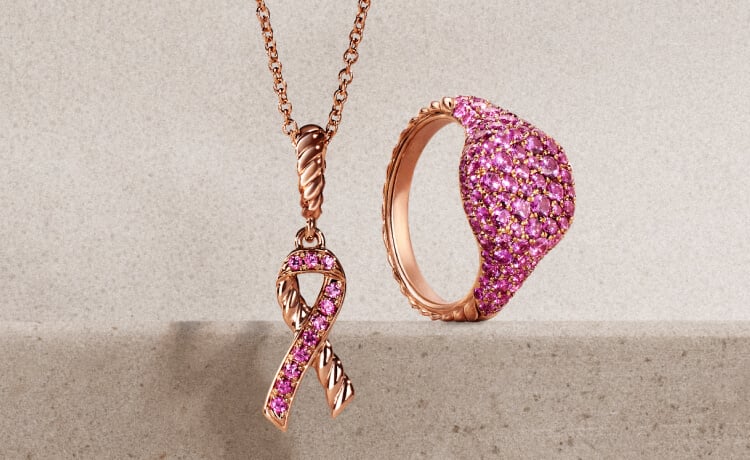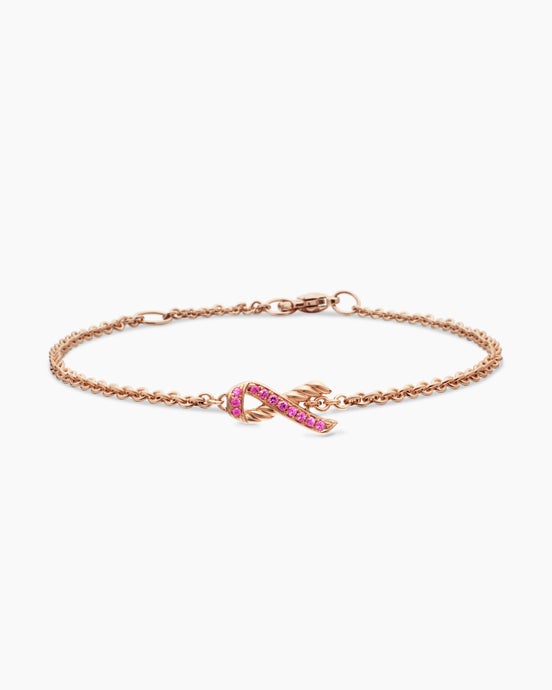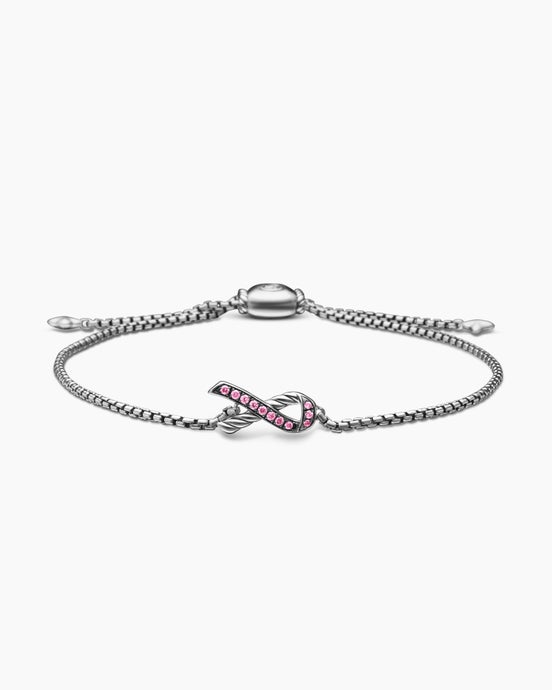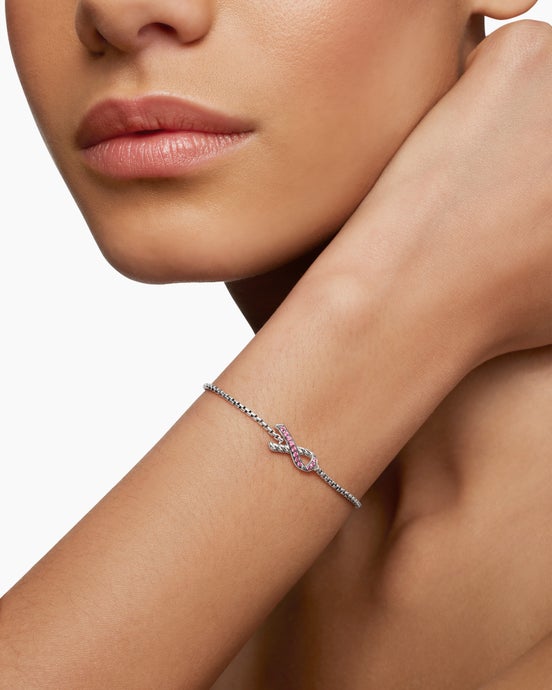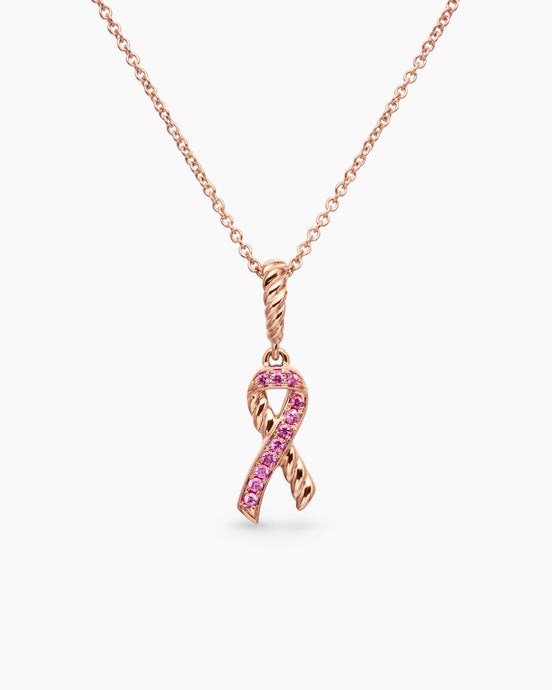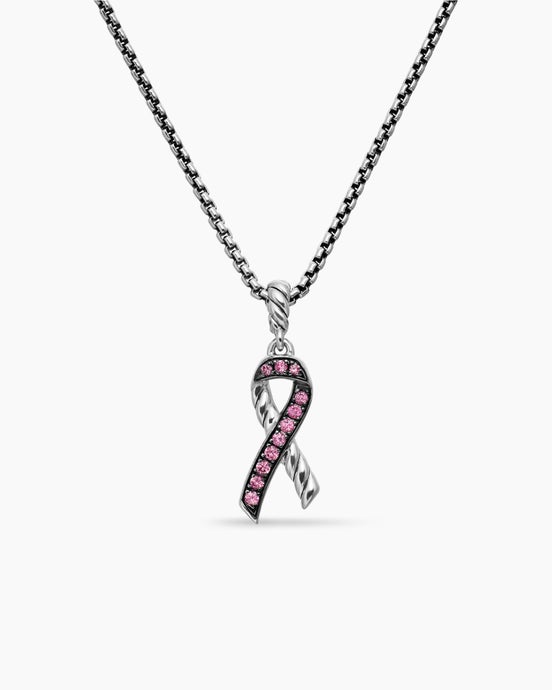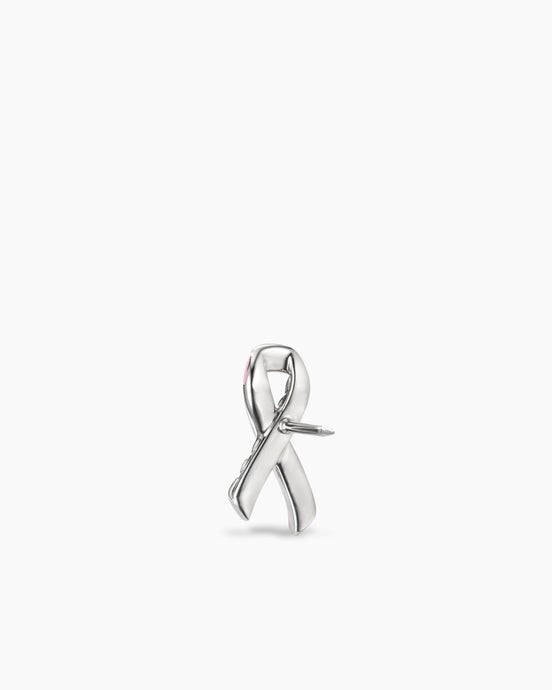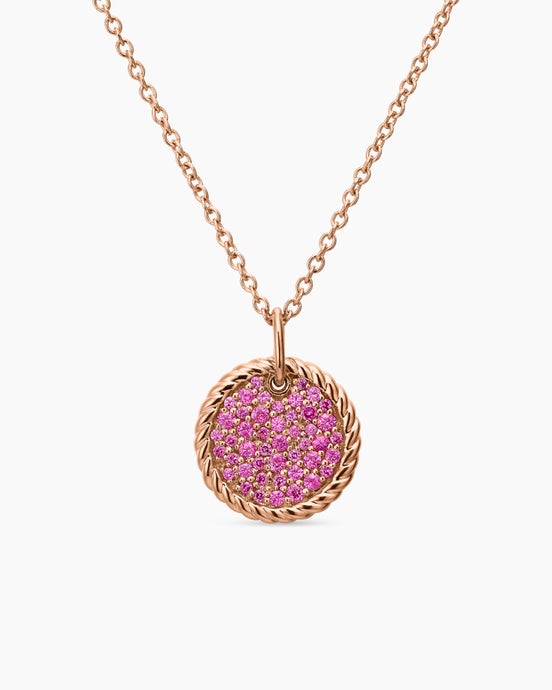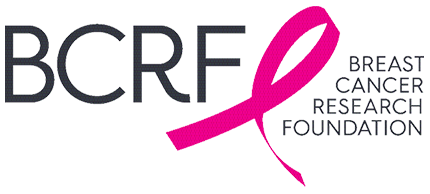DR. CHANDARLAPATY: We focus on two major types of breast cancer: those that have the receptor for the estrogen hormone, and those that have the HER2 receptor. Our lab is interested in understanding how these cancers evolve and develop resistance to anti-estrogens and anti-HER2 therapies, and then devising ways to combat these patterns of resistance. For instance, we found that breast cancers that are exposed to antiestrogen therapy develop mutations that cause the estrogen receptor to remain active, even without any estrogen. So we developed and studied drugs that can target those mutant estrogen receptors. At the same time, we’re studying the evolutionary process that allowed the breast tumors to develop those mutations, so that we can develop treatments that will prevent the mutations from occurring in the first place.
DR. CHANDARLAPATY: We focus on two major types of breast cancer: those that have the receptor for the estrogen hormone, and those that have the HER2 receptor. Our lab is interested in understanding how these cancers evolve and develop resistance to anti-estrogens and anti-HER2 therapies, and then devising ways to combat these patterns of resistance. For instance, we found that breast cancers that are exposed to antiestrogen therapy develop mutations that cause the estrogen receptor to remain active, even without any estrogen. So we developed and studied drugs that can target those mutant estrogen receptors. At the same time, we’re studying the evolutionary process that allowed the breast tumors to develop those mutations, so that we can develop treatments that will prevent the mutations from occurring in the first place.
DR. CHANDARLAPATY: We focus on two major types of breast cancer: those that have the receptor for the estrogen hormone, and those that have the HER2 receptor. Our lab is interested in understanding how these cancers evolve and develop resistance to anti-estrogens and anti-HER2 therapies, and then devising ways to combat these patterns of resistance. For instance, we found that breast cancers that are exposed to antiestrogen therapy develop mutations that cause the estrogen receptor to remain active, even without any estrogen. So we developed and studied drugs that can target those mutant estrogen receptors. At the same time, we’re studying the evolutionary process that allowed the breast tumors to develop those mutations, so that we can develop treatments that will prevent the mutations from occurring in the first place.

